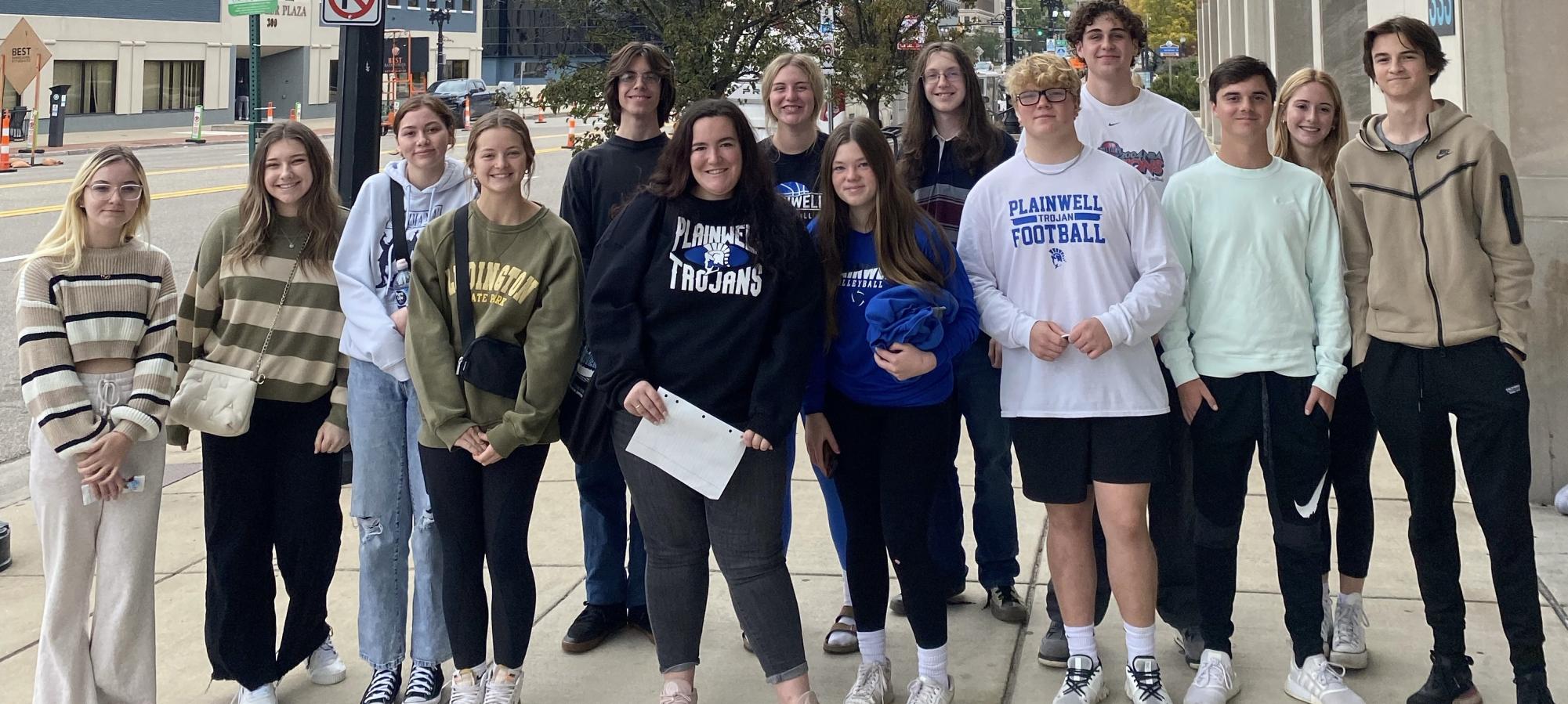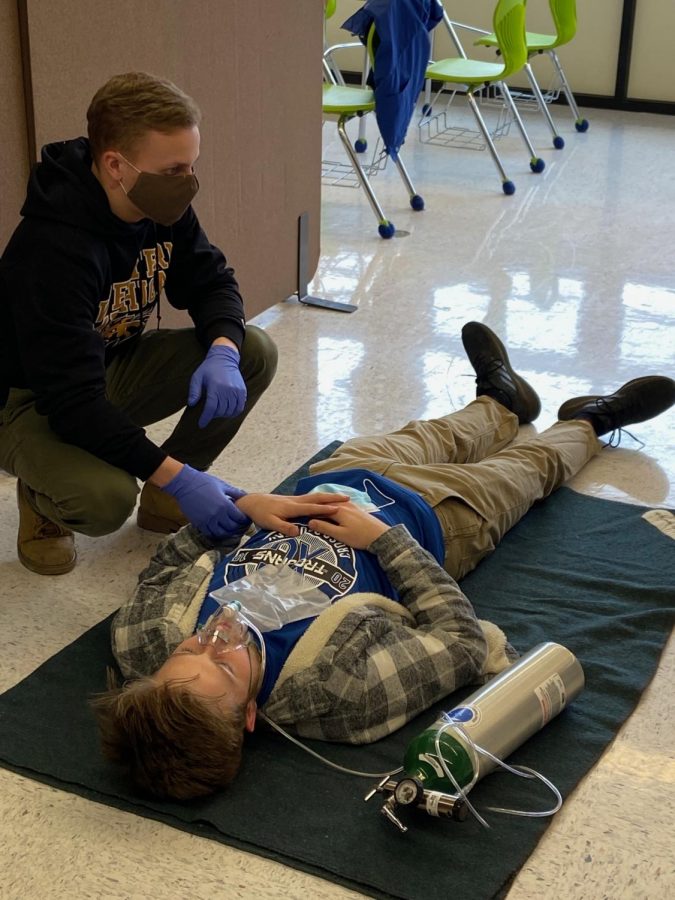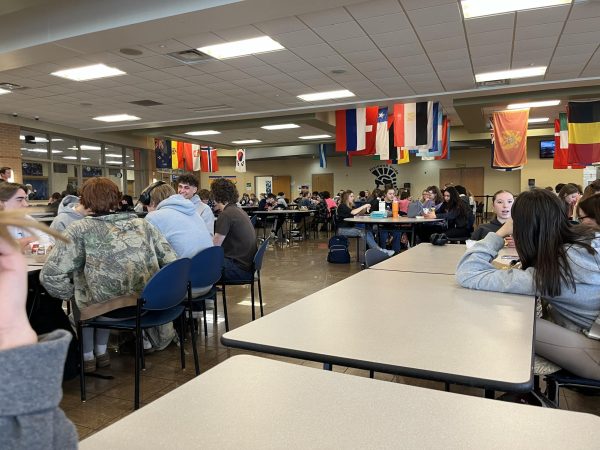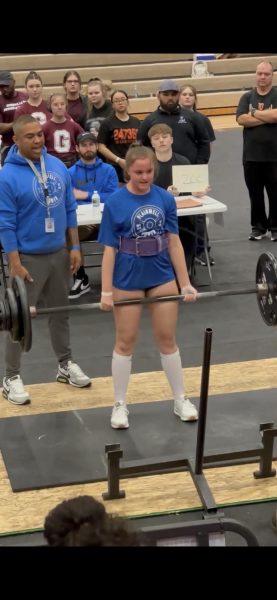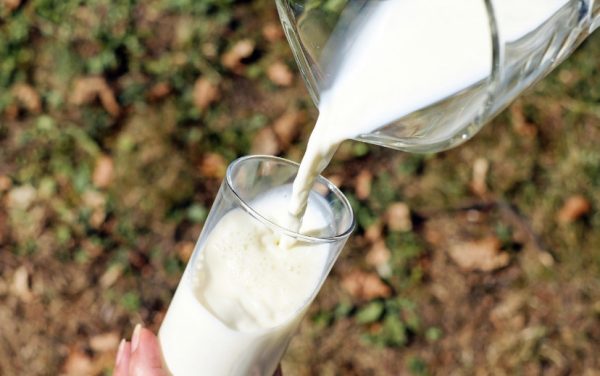Saving Lives One Day at a Time
May 27, 2021
Of the array of classes Plainwell High School offers, one relatively new class is the Emergency Medical Technician program. In the class, taught by Marilyn Hess, students are given the opportunity to learn about the human body and how to aid in an emergency medical situation.
EMT prepares students for their National Registry EMT licensing exam. After the course is completed along with the passing of the test, it qualifies students to obtain their state license. Not only is medical training positive for the students in itself, but it also opens more job opportunities in college, as medical hours can work around a student’s schedule.
This course gives college credits through Kalamazoo Valley Community College, but if students wish to pursue this in their college career they must additionally take a college-level anatomy course. EMT also teaches scenarios that may be seen in the medical field, such as, bleeding, shock control, bag-valve-mask ventilation, cardiac arrest, joint and long bone immobilization, medical assessments, oxygen administration, spinal immobilization (seated and supine), and trauma assessment.
“[It’s challenging] getting students to realize this isn’t a typical high school class,” Hess said about the difficulty of the class. Students who are enrolled this year agree with her statement.
“It’s tough,” said Ben Cox ‘21. This class requires 192 hours total, 32 being out of the classroom. Those hours are dispersed through the three-trimester course along with the clinical hours on the ambulance and at the hospital that students participate in.
Besides academic difficulty, the class requires much more of students. Once a student has signed up with their counselor for EMT, Hess personally vets each parent’s signed application and determines if students are responsible enough to take the class.
One must pass a criminal background check, refrain from drugs and alcohol, show ethical actions, as well as positively represent PHS to be administered in the program as well. EMT requires students to uphold each scenario as if it were a real-life occurrence as well, making students treat all mock and real patients with respect as well as upholding medical confidentiality.
“My favorite part is seeing students after their clinical at the end of the year and seeing how excited they are,” Hess said.
This clinical allows the student to learn skills not available in the classroom. In them, students work alongside certified medical professionals.
“Clinicals are the most fun I have ever had. You go to WAEMS and you work with an Ambulance Crew all day. You go on their calls, and are even allowed to help with certain things. Then you hang out at Base and do a few chores, maybe play some cards, its really just a good time, ” said Caleb Markle ‘21
Testing in Emergency Medical Technician consists of the clinical assessment over a span of several days along with formal tests. These tests are usually compiled of the same material to ensure that the facts of the class become second nature to the students. Outside of academic scores, these assessments also factor in the characteristics of the student, making note of their leadership, responsibility, and strive for greatness.
Since this class goes beyond high school, fees are to be covered by the student. At the beginning of the school year, students are expected to pay $100. This money goes towards items students need in their work like uniforms, a drug test, as well as disposable items, such as gloves. Like advanced placement tests at Plainwell, students must cover their own licensing exams.
Students who are interested in joining EMT can do several steps before they apply with their counselor. Immunization shots against measles, mumps, rubella, Hepatitis B, Tuberculosis, and the yearly flu shot are necessary to join. Mostly likely next year the Covid vaccine will also be required. These immunizations are required by the clinical sites, who have that as a rule for all their employees who come in contact with patients.
At the end of the day, students agree that the difficulties of this class are outweighed by the positives of learning medical training.
“I like that I know close to enough to save a life,” said Cox ‘21.
